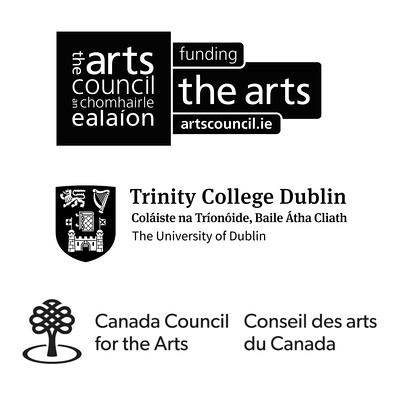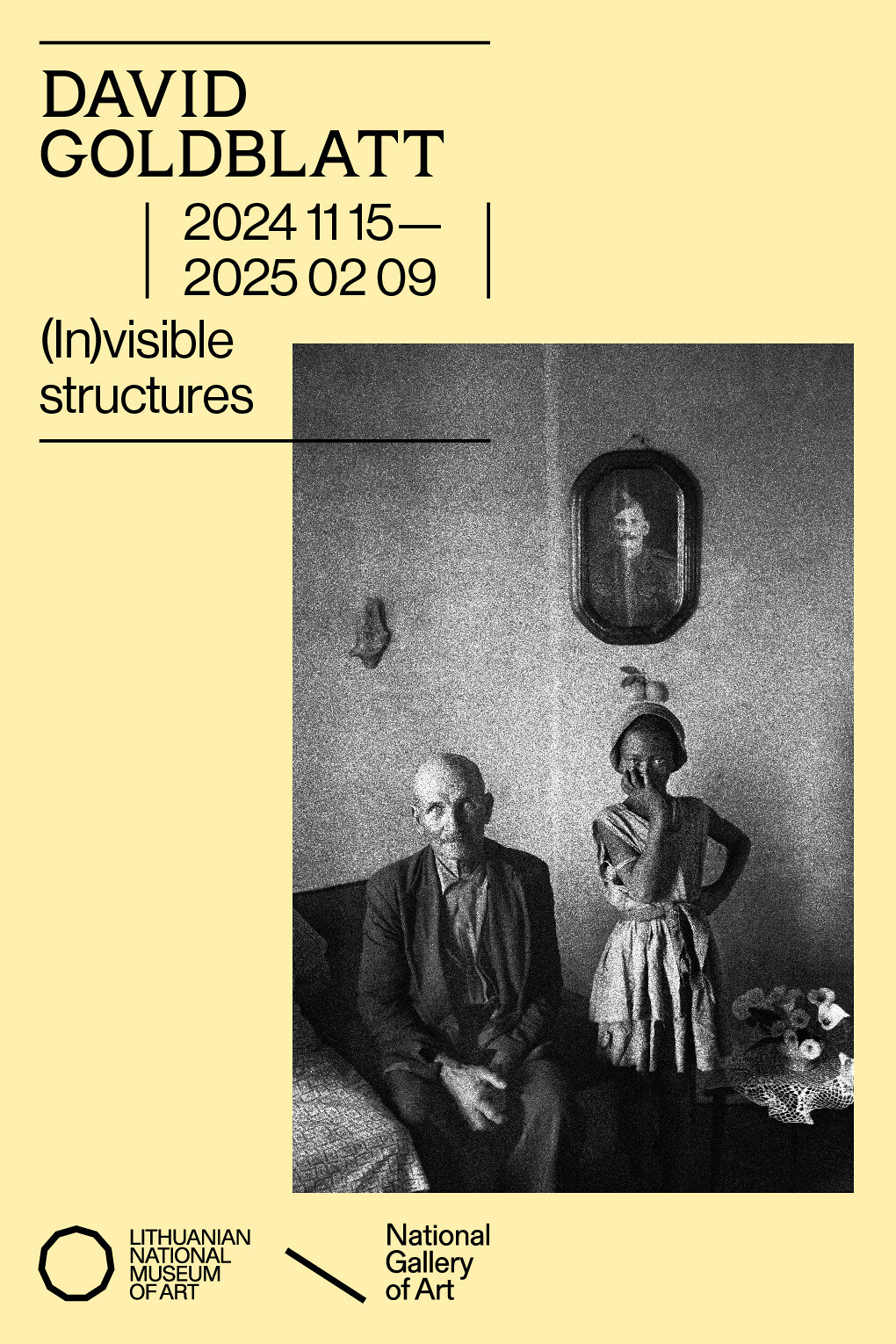variations on a garden
October 27, 2017–January 13, 2018
the artist’s eye
Arts Building
Trinity College
Dublin
Ireland
Hours: Wednesday–Sunday 12–5pm,
Thursday 12–6pm
T +353 1 896 1116
gallery@tcd.ie
The Douglas Hyde Gallery is delighted to announce the opening of exhibitions by Abbas Akhavan and Mona Hatoum.
Abbas Akhavan: variations on a garden
Gallery 1
Abbas Akhavan’s practice ranges from site-specific ephemeral installations to drawing, sculpture, video and performance. The domestic sphere has been an ongoing area of research. Earlier works have explored the relationship between the house and nation state and how the trauma and systemic violence enacted upon civilians can be inherited and re-enacted within the family. More recent works have wandered into spaces just outside the home.
variations on a garden, curated by Georgina Jackson, is Akhavan’s first solo exhibition in Ireland. In the upstairs galleries an enlarged fountain sits with the intermittent sound of drops of falling water. study for a monument (2013–16) presents bronze plants laid out on white cotton bedsheets across the floor. These are the forms of native and endemic species from the area around the rivers Tigris and Euphrates in Iraq. Eighty kilometres south of Bagdad, it is where the Hanging Gardens of Babylon were presumed to be built, and includes the salt marshes destroyed by Saddam Hussein in the 1990s, subsequently ravaged by the Iraq wars. Working with the “The Flora of Iraq” archive at the Royal Botanic Gardens, Kew, London, and Edinburgh, Akhavan has enlarged the species to monument scale. They have been sculpted into plasticine, cast into wax, encased within plaster, melted, cast into bronze, and then charred. Their scale is close to a human body, flowers like human heads, stems like spines, and broken parts like shards of bone.
Bronze is a material steeped in history: it connects the invention of human tools and language with the fabrication of weapons and the erection of monuments. These forms are presented as an archive, a forensic experiment or funerary monument. study for a monument is an act of occupation and commemoration within the white cube, the physical haunting of the acts of war.
In the lower gallery, Ghost (2013) presents excerpted footage of US army troops returning to their families, fading from image to white. Screams of joy are heard, but the spectre of trauma remains. Seven framed images are revealed to be the backs of mirrors, the image facing its reflection undisclosed. A passport sized image of an Iraqi who presents himself twice in and after and after (2003/08), once with ink on one finger to denote the act of voting in democratic elections, and the other with all fingers inked marking admission into police records and border controls.
The garden lingers as both a symbolic site of labour and leisure, private and public, nature and humanity, but furthermore, as a site of sovereignty and war.
The Douglas Hyde Gallery would like to thank Abbas Akhavan for his enthusiasm and support. We would like to thank the Abraaj Group Art Prize and the Family Servais Collection for the loans of study for a monument (2013–16).
variations on a garden is supported by the Canada Council for the Arts
Mona Hatoum: “the artist’s eye”
Gallery 2
The Douglas Hyde Gallery is pleased to present a new series, titled “the artist’s eye”. Acknowledging the role artists play in influencing and shaping other artistic practices, this series asks those exhibiting in Gallery 1 to invite an artist to show in Gallery 2. Abbas Akhavan has invited Mona Hatoum to present the film Roadworks (1985).
Roadworks documents a performance which took place in Brixton, London, during which the artist walked through the streets, barefoot, with Dr Martens boots laced around her ankles. With deliberate yet halting steps, she threads her way through the crowds, to the bemusement of passers-by. The gesture of exposing her feet and displacing the function of the shoes, combined with her laboured movements, sets Hatoum vividly apart from the surroundings. Walking has become fraught; the vulnerability of her feet is accentuated beside the weight of the boots. Dr Martens also carry a heavy weight of cultural references; associated with a range of counter cultural movements while also worn by the police in England at that time.
Referring to this period, Hatoum said “I was venting my anger, without caring what people thought. I was very restless. I couldn’t sit with something for too long, so performance gave me the possibility of work that was immediate, unpremeditated.” She has also spoken of her preference to make work locally, to spend time in a place and to work with the materials of her chosen location. Intrinsic to this video is the particularity of the streets, the market stalls, the gaze of onlookers. More specifically, the particularity of Brixton as a site of police violence and economic deprivation is key. Through her body the artist links her personal fragility to the precarity of the local community.



